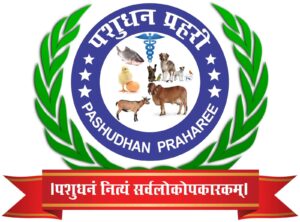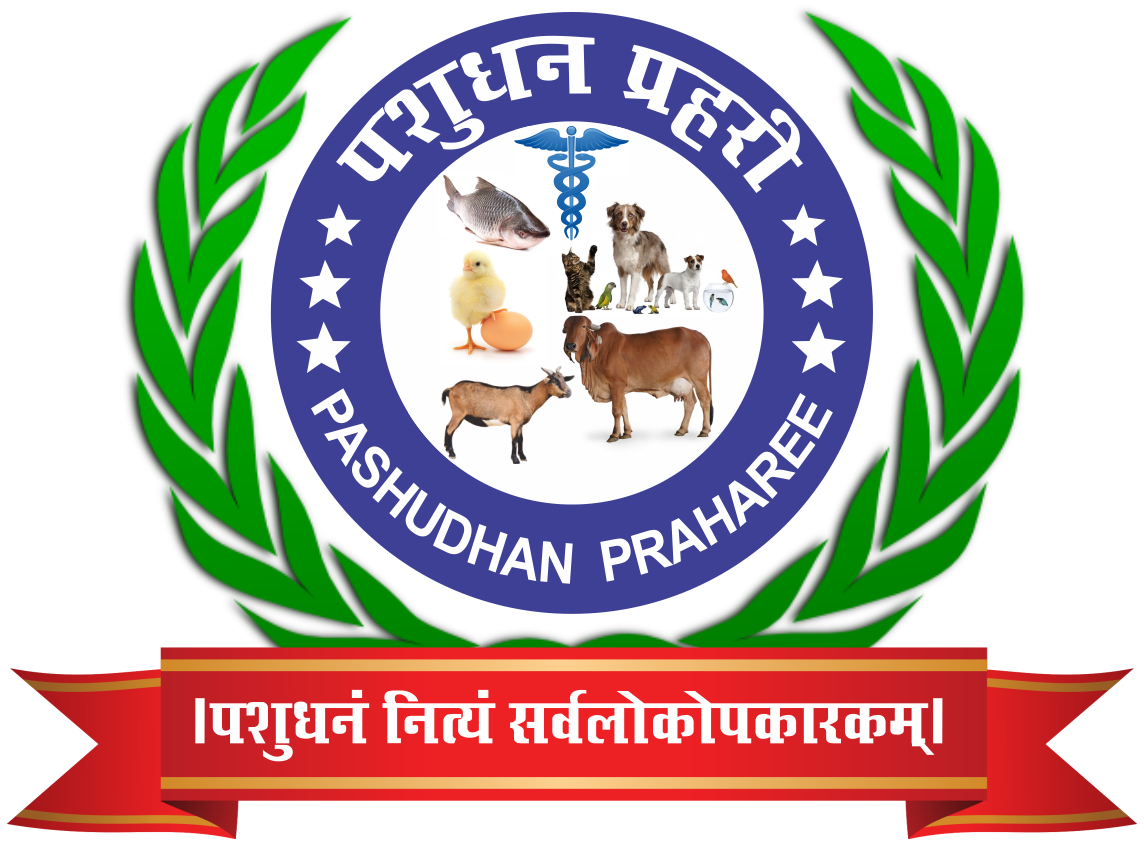INSURANCE PROCEDURE OF DAIRY CATTLE IN INDIA
Insuring dairy cattle in India is a strategic measure to protect livestock owners from financial losses due to unforeseen events affecting their animals. The insurance process encompasses several key steps, including eligibility assessment, documentation, claim procedures, and adherence to specific terms and conditions.
- Eligibility Criteria:
- Ownership: The policy applicant must be the legitimate owner of the cattle.
- Animal Health: Cattle should be in sound health and free from injuries or diseases at the time of insurance application.
- Veterinary Certification: A health certificate from a registered veterinary practitioner is typically required to confirm the animal’s condition.
- Documentation Required:
- Proposal Form: A duly filled and signed insurance proposal form.
- Veterinary Health Certificate: Confirms the health status and market value of the cattle.
- Identification Proof: Clear photographs of the animal, often with a visible identification tag or unique marking.
- Purchase Receipt: Proof of purchase or ownership of the cattle.
- Coverage Details:
Cattle insurance policies generally cover:
Death Due to Accidents: Including fire, road accidents, drowning, electrocution, snake bites, or poisoning
- Death Due to Diseases: Fatalities resulting from specific diseases, provided the animal was vaccinated as per veterinary guidelines.
- Natural Calamities: Such as droughts, epidemics, and other natural disasters.
- Exclusions:
Common exclusions in cattle insurance policies may include:
Pre-existing Conditions: Diseases or injuries existing before policy inception.
- Intentional Acts: Losses due to negligence or intentional harm by the owner.
- War and Nuclear Risks: Damages resulting from war, nuclear reactions, or related events.
- Certain Diseases: Specific diseases may be excluded unless the animal has been successfully inoculated, with necessary veterinary certificates provided.
- Claim Procedure:
In the unfortunate event of the insured cattle’s death:
- Immediate Notification: Inform the insurance company promptly about the incident.
- Obtain Veterinary Certificate: Secure a death certificate from a qualified veterinary practitioner.
- Post-Mortem Report: In certain cases, a post-mortem examination may be required to determine the cause of death.
- Submit Claim Form: Complete and submit the claim form along with all necessary documents, including identification tags and photographs.
- On-Site Verification: An authorized representative from the insurance company may conduct an on-site visit to validate the claim.
- Claim Settlement:
As per the Insurance Regulatory and Development Authority (IRDA) regulations, insurers are required to settle claims within 30 days of claim submission. If further investigation is necessary, the settlement period may extend up to six months.
- Government Initiatives:
Schemes like the Pashu Bima Yojana offer insurance coverage up to ₹60,000 per dairy cattle, with the government providing a 75% subsidy on the premium amount, aiming to provide financial security to livestock owners against losses due to serious diseases.
By adhering to these procedures and understanding the terms of coverage, dairy farmers in India can effectively safeguard their livestock investments, ensuring financial stability and continuity of their dairy operations.
INSURANCE PROCEDURE OF DAIRY CATTLE IN NEW INDIA INSURANCE COMPANY
- This scheme covers the following whether indigenous, exotic or cross-bred.
- Milch Cows and Buffaloes
- Calves / Heifers
- Stud Bulls
- Bullocks (Castrated Bulls) and Castrated Male Buffaloes,
- Animals within a specified age group are accepted under the Standard Insurance Scheme.
- Sum Insured under the policy will be the Market Value of the animal.
- Indemnity under the policy will be the sum insured or market value prior to illness whichever is less. The indemnity is limited to 75% of Sum Insured in case of a PTD claim.
- The basic premium rate per annum is 4% of the Sum Insured. Long term policies are also issued with long term discounts.
- The premium rates under the policy are concessional for covering animals under government subsidized schemes.
- Group Discounts are also available.
Insurance Coverage
The policy shall give indemnity for death due to.
- Accident (Inclusive of fire, lightning, flood, inundation, storm, hurricane, earthquake, cyclone, tornado, tempest and famine).
- Diseases contracted or occurring during the period of this policy.
- Surgical Operations.
- Riot and Strike.
The Policy can also be extended to cover PTD on payment of extra premium;
- Permanent Total Disability which, in the case of Milch Cattle result in permanent and total incapacity to conceive or yield milk.
- PTD which in the case of Stud Bulls results in permanent and total incapacity for breeding purpose.
- In case of Bullocks, Calves / Heifers and Castrated male buffaloes results in permanent and total incapacity for the purpose of use mentioned in the proposal form.
Major Exclusions
(A) Common Exclusions:
- Malicious or willful injury or neglect, overloading, unskillful treatment or use of animal for purpose other than stated in the policy without the consent of the Company in writing.
- Accidents occurring and /or Disease contracted prior to commencement of risk.
- Intentional slaughter of the animal except in cases where destruction is necessary to terminate incurable suffering on humane consideration on the basis of certificate issued by qualified Veterinarian or in cases where destruction is resorted to by the order of lawfully constituted authority.
- Theft and clandestine sale of the insured animal.
- War, invasion, act of foreign enemy, hostilities (whether war be declared or not), civil war, rebellion, revolution, insurrection, mutiny, tumult, military or usurped power or any consequences thereof or attempt threat.
- Any accident, loss, destruction, damage or legal liability directly or indirectly caused by or contributed to by or arising from nuclear weapons.
- Consequential loss of whatsoever nature.
- Transport by air and sea.
- Any non-scheme claim arising due to diseases contracted within 15 days from the date of risk are not covered.
(B) Specific Exclusions:
- Pleuropneumonia in respect of Cattle in Lakhimpur and Sibasagar Districts and newly carved out districts out of these two districts of Assam.
- All the claims received without ear tag.
Documents to Effect Insurance Coverage
- Proposal Form
- Veterinary Health Certificate from a qualified Veterinarian giving the age, identification marks, health, and market value of the animal in the prescribed format.
Identification of Animal
- All insured animals should be suitably identified by natural Identification marks and color should be clearly noted in the proposal form and Veterinarian’s Report.
- Ear tags made of suitable material are applied to the ear of the animals and the code number is entered into the Veterinary Health Certificate.
- Photographs of animals may be insisted in case of high value animal.
Claim Procedure
In the event of death of an animal, immediate intimation should be sent to the Insurers and the following requirements should be furnished:
- Duly completed claim form.
- Death Certificate obtained from qualified Veterinarian on Company’s form.
- Postmortem examination report if required by the Company.
- Ear Tag applied to the animal should be surrendered. The condition of’ No Tag- No claim’ will be applied if the tag is not surrendered..
Claim Procedure For PTD Claim
- A certificate from the qualified Veterinarian to be obtained.
- The animal will be inspected by the company’s Veterinary Officer also.
- Complete chart of treatment, medicines used, receipts, etc., should be submitted.
- Admissibility of claim will be considered after two months of Veterinary Doctor / Company Doctor’s report.
- The indemnity is limited to 75% of Sum Insured.
Note: Policy details given are indicative, not exhaustive. Please contact your nearest NIA office for further details.
IMPORTANT FORMS FOR INSURANCE PROCEDURE OF DAIRY CATTLE IN NEW INDIA INSURANCE COMPANY
PROPOSAL FORM FOR CATTLE INSURANCE




